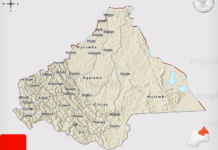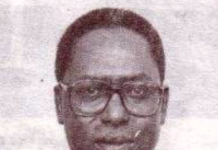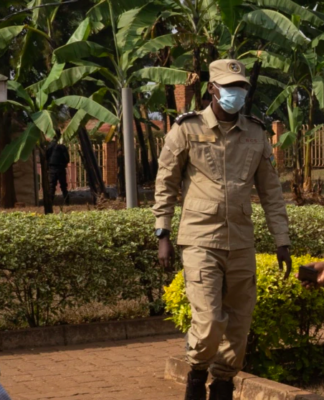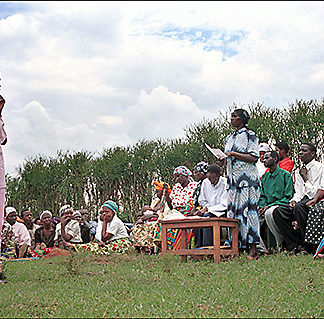After an accident, finding evidence is essential to processing your personal injury claim successfully. You must gather as much evidence as possible. Without that, you may lose the opportunity to get fair compensation. Insurance firms and personal injury lawyers use evidence to decide who is liable for your accident and the seriousness of your injuries. Once proven, the negligent party will have to pay for the victim’s financial damages.
If you are in the same situation, then it is necessary to contact a personal injury attorney near you. Knowing the types of evidence in a personal injury claim process may come in handy during a lawsuit.
In a personal injury claim, the victim should document the causes and expenses related to the accident. The accident may be proven by:
- Accident photos or CCTV footage
- Victim/ Witness testimony
- Police records
- Examination and photos of physical evidence by professionals
After collecting all the above documents, your personal injury lawyer will discuss your claim with the insurance adjuster for negotiation.
You should note down or record witness statements before they forget the details of the accident. It is important to gather the right facts about your accident.
Photographs
Nowadays, everyone has a smartphone. The smartphone has good cameras, which help us take clear pictures. As a victim, you can take photos of the accident scene. This visual evidence has the potential to prove the negligence of the faulty person.
You can snap photos of:
- Injuries
- Accident scene
- Damage to property or a vehicle
Physical Evidence
Generally, accidents can have physical evidence, such as bloody clothing and a damaged vehicle. You should retain physical evidence to prove your role in the accident and the seriousness of the injuries caused by it. Consider snapping photos of the physical evidence for safety purposes.
Medical Records
Medical records include treatment plans, doctor’s notes, diagnostic test results, and medical bills for services rendered. Medical documentation is absolutely important. You must seek medical assistance immediately after the accident.
Information About the Negligent party
Once you have been involved in an accident, it is important to record information about the at-fault party. This can be anything, from a simple name and contact information to photographs of the license plate (if any) and insurance number. Evidence like this goes a long way toward strengthening your personal injury claim.
Your Journal About Personal Injuries
It is essential to keep a journal to document your recovery and the effect of the treatment on your physical and emotional health. This journal comes in handy for two reasons.
- It helps medical professionals track your recovery progress and allows them to take the next course of action
- The journal is often used as evidence when seeking out compensation for non-economic damages like pain and suffering, emotional distress, and loss of enjoyment
Accident or Police Report
Call 911 or contact the authorities immediately after an accident. The officer who arrives at the scene will conduct an investigation of their own and draft a police report. This report contains all the facts and findings of the accident as reported by the police. Police reports are considered important evidence by insurance companies and personal injury lawyers.
Final Thoughts
You just read an article on the different elements that can be used as evidence in a personal injury claim. Awareness of evidence will help victims retain the right things after an accident and ask the necessary questions. Strong evidence has a major role to play in a personal injury claim.
If you have suffered an injury due to another person’s carelessness or negligence, don’t hesitate to get in touch with a personal injury lawyer. They can help you find out how you can be compensated for your damages.
































































